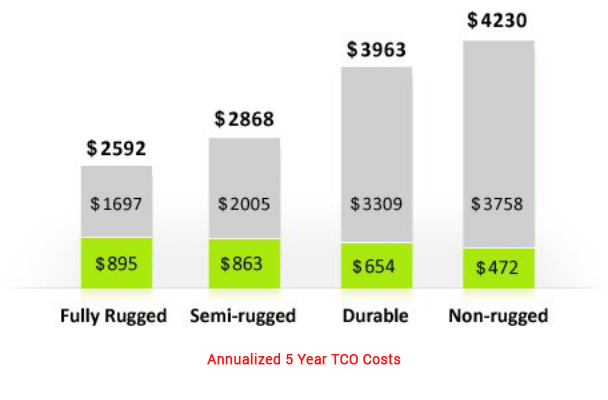| 0 |
No protection |
| 1 |
Protected against dripping water |
| 2 |
Protected against dripping water (tilted) |
| 3 |
Protected against water spray |
| 4 |
Protected against splashing water |
| 5 |
Protected against water jets |
| 6 |
Protected against a nozzle under pressure |
| 7 |
Protected against immersion (1 meter for 30 min) |
| 8 |
Protected against submersion (at depth, under pressure) |

